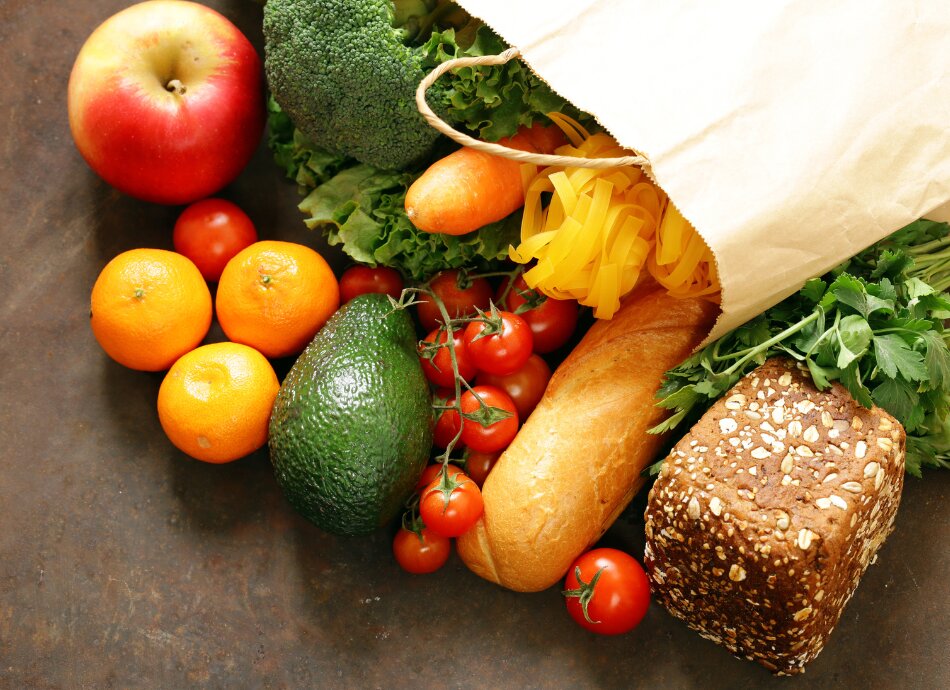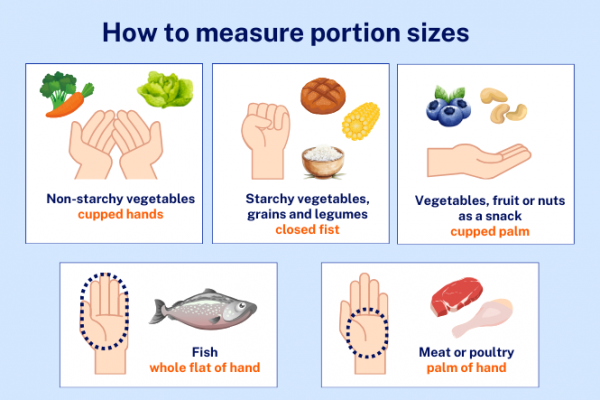Wishing everyone a safe and happy Christmas and New Year – Meri Kirihimete from the Healthify team.
Glycaemic index (GI)
Key points about the glycaemic index (GI)
- The glycaemic index (GI) is a measurement of how different carbohydrate kai (foods) affect blood glucose levels.
- High GI foods are quickly digested into glucose and absorbed into your blood, causing a rapid rise in blood glucose levels.
- Low GI foods are digested and absorbed more slowly, causing a more gradual rise in blood glucose levels.
- A healthy diet includes nutritious high and low GI foods to match your energy needs throughout the day.
- If you have diabetes (mate huka), knowing about the GI of foods can help you control your blood glucose levels.

Video: Glycaemic Index Animation
This video may take a few moments to load.
(The ASA E-learning Productions, 2013)
Carbohydrate is a vital part of your diet. The glycaemic index ranks carbohydrate foods on a scale from 0 to 100 according to the effect they have on blood glucose.
- High GI foods: 70 or more.
- Medium GI foods: 55 to 69.
- Low GI foods: 55 or less.
Foods with a high GI are those that are quickly broken down into sugars and absorbed into the bloodstream, resulting in a rapid peak in blood glucose levels. This can be followed by a sudden drop in levels.
By contrast, low-GI foods produce a gradual rise in blood glucose because of their slow digestion, absorption and gradual release of glucose into the bloodstream. By eating mainly low GI foods you will get a slow, continuous supply of energy from one meal to the next.
Knowing about the GI of the foods you eat is especially helpful if you have diabetes (mate huka) as it can help you control your blood glucose levels.
An easy first step to changing to a low GI diet is to swap at least 1 high GI food to a low GI food at every meal.
Some high GI foods are shown in the table below as well as suggested alternatives to each.
High GI foods |
Consider swapping for lower GI foods |
|
|
|
|
|
|
|
|
|
|
Read more ideas for food swaps.(external link)
If you would like to find out the GI of a particular food, look it up on the database at www.glycemicindex.com.(external link)
Apps reviewed by Healthify
You may find it useful to look at some Diabetes apps and Nutrition apps.
It's essential to eat carbohydrate foods/kai as part of your diet. Carbohydrates (warowaihā) are broken down into glucose which is then absorbed into your body to provide energy for your brain, muscles and other organs.
There is now good evidence and research to show that low GI foods/diets help to:
- Fill you up and keep you satisfied for longer, reducing overeating.
- Manage blood glucose levels.
- Burn fat rather than muscle.
- Reduce your risk of developing type 2 diabetes.
- Reduce your risk of heart disease.
- Improve mental performance.
- Sustain energy levels for longer.
- Improve acne.
They may also help to lower total cholesterol levels.
It’s important to remember that the GI of a food shouldn't be your only criteria when selecting what to eat. Just because a food has a low GI doesn't always mean it's healthy. The total amount of carbohydrate, the amount and type of fat, and the fibre and salt content of food are also very important.
Foods high in fat often have a low GI (fat has been shown to slow digestion). However, a high-fat diet is not recommended as this has been linked to the development of heart disease.
It is also important to consider appropriate portion sizes for meals as eating large amounts of low GI foods will still affect your blood glucose. Learn more about portion sizes.(external link)

Image credit: Healthify He Puna Waiora
Visit recipes library(external link) Glycaemic Index Foundation, Australia
Eating with diabetes(external link) Diabetes NZ
Top tips to go low GI factsheet(external link) Glycaemic Index Foundation, Australia
GI search – glycaemic index(external link) University of Sydney, Australia
Apps
Brochures
Glycemic index – what is GI?(external link) Glycemic Index Foundation, Australia
Glycemic index factsheet(external link) Glycemic Index Foundation, Australia
References
- Low GI explained(external link) Glycemic Index Foundation, Australia
- Low-glycemic index diet – what's behind the claims?(external link) Mayo Clinic, US, 2022
- Carbohydrates, protein and fats(external link) Diabetes Australia
- GI and weight management(external link) Glycemic Index Foundation, Australia
Credits: Diabetes NZ and Healthify editorial team. Healthify is brought to you by Health Navigator Charitable Trust.
Reviewed by: Claire Salter, Pharmacist, Tauranga
Last reviewed:





